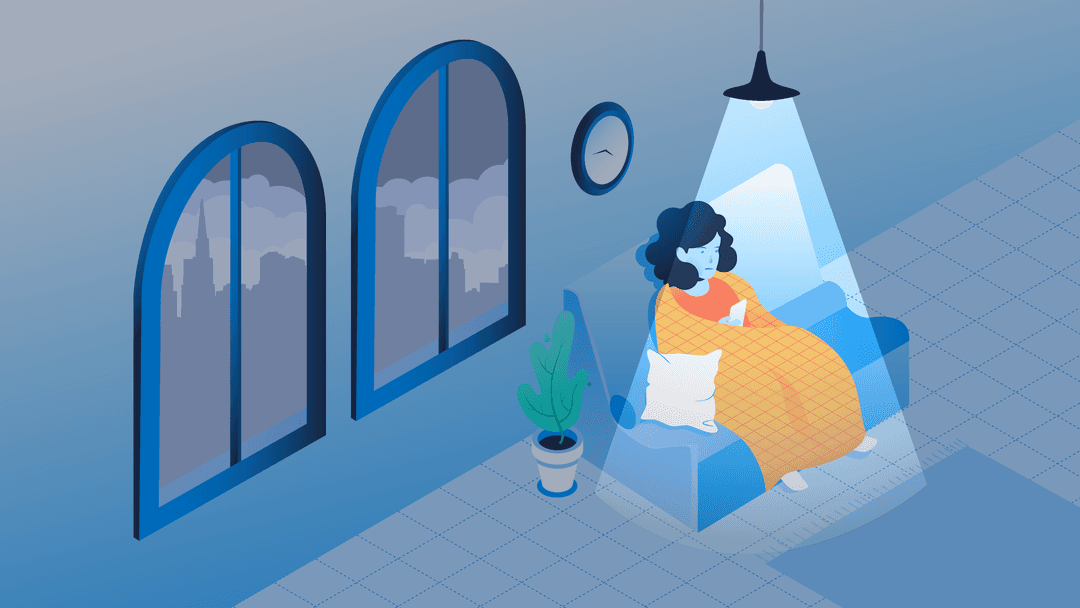SAD: How to beat the winter blues

Dark winter days and bad weather can get to all of us. But for about 5% of the US population, seasonal affective disorder (SAD) makes getting through winter a huge challenge. People are more likely to be affected if they have a major depressive disorder or bipolar disorder.
But what does it feel like to have SAD?
Seasonal affective disorder symptoms
Symptoms of seasonal affective disorder are broadly the same as symptoms of depression. These include:
- Low mood most of the day throughout the season
- Feelings of hopelessness
- Lack of energy
- Changes in weight and/or appetite
- Difficulty concentrating
- Thoughts of suicide or death
Symptoms specific to winter blues or winter seasonal depression include:
- Sadness
- Crying
- Sleeping too much
- Lethargy
- Social withdrawal
- Tiredness
- Restlessness
- Cravings for carbohydrates
A small number of people experience a form of SAD during the summer months. Symptoms of this rare form of seasonal affective disorder include:
- Insomnia
- Agitation
- Restlessness
- Poor appetite
- Weight loss
- Anxiety
Who is at risk of seasonal affective disorder?
There are a number of factors that put certain people more at risk of developing seasonal affective disorder. Individuals assigned female at birth are 4 times as likely as those assigned male at birth to develop SAD.
People who have depression or a family history of depression are more likely to get an SAD diagnosis.
While the condition can affect anyone at any age, people aged 20 to 30 are more likely to present with SAD symptoms.
People who live far from the equator and experience more extreme seasons and changes in light levels are more likely to be affected by SAD.
How can you treat or prevent winter blues?
Once a person understands that they're affected by seasonal depression, a little advance planning can help to alleviate symptoms. Proactive measures you can take include:
- Beginning a course of prescribed medication in early fall.
- Starting light therapy in early fall. Light therapies mimic sunlight which is thought to help hormonal regulation and lessen symptoms.
- Committing to a routine that includes exercise, fresh air, nutritious food, and social activities.
- Seeking psychotherapy or counseling support.
- For some, taking vitamin D supplements may help.
Remember to always ask for help
Seasonal depression can be extremely hard, but help is available. You can always reach out to friends, family, or to a healthcare professional for support. Don’t go it alone.
Take care of yourself,
Ada